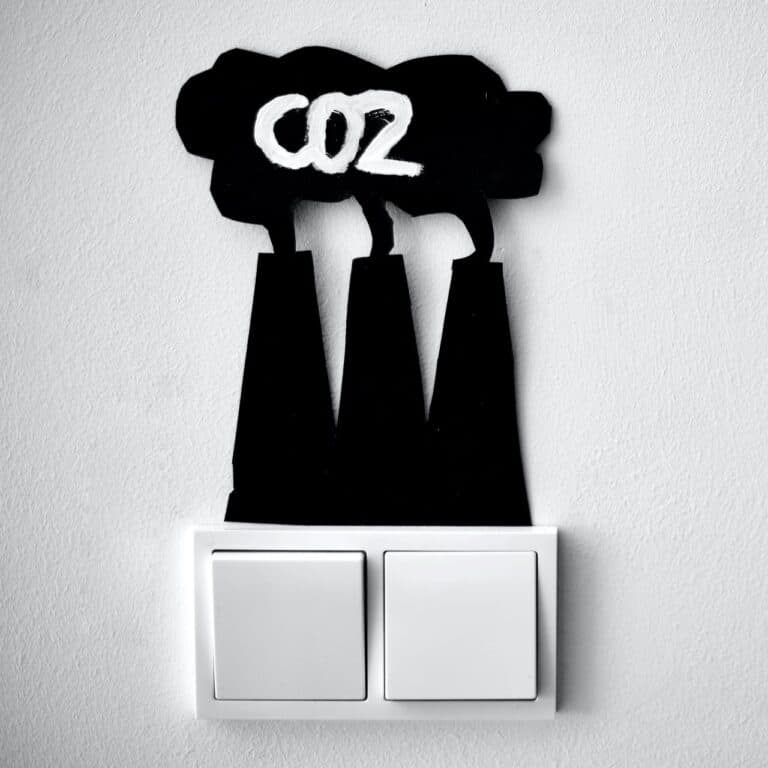

Our Head of Net Zero, John Inglis, is driving Get Living’s decarbonization strategy and leading our climate change work across the business.
John’s long-term plan is to support our residents across the UK to live sustainably by reducing our collective emissions and building new neighbourhoods with the right materials and infrastructures in place for a greener future.
Before diving into challenges and solutions, John provides us with an explanation of common climate change terms:
There are three key challenges we must face to achieve net zero: technical, economic, and cultural challenges.
The technical challenge in the build to rent industry can be solved by cutting the amount of energy needed to run buildings and switching fuel sources to renewable electricity.
However, how and when we pay for this is more tricky and that’s where the economic challenge emerges. Here, it’s important to align business cases with incentives – legislation coming down the line will reward the owners of sustainable buildings and penalise the worst polluters. The timing of changes to Building Regulations and rules around EPC will be key to supporting the economics of low carbon living.
The cultural challenge comes down to a societal level, as we all need a better understanding of the complexity of the issues. In practice, we need a culture of climate literacy and a newfound openness to collaboration.
At a global level, the UN has agreed to limit global warming to 1.5 degrees Celsius through the Paris Climate Agreement, reaching a remarkable global consensus. Whether we overshoot this target, or by how much, is yet to be seen.
Current projections on global temperature rise could be considered optimistic, as if planetary tipping points are reached that will cause rapid and extreme changes to global weather patterns.
The physical effects of climate change can already be seen across the world. Potential worst-case scenarios include global sea level rises which would be followed by mass migration, causing massive physical impact, as well as humanitarian and political consequences.
Radical changes needed to achieve net zero include insulation and electrification, shifting from fossil fuels to electrical power, and choosing sustainable transport and building options.
Get Living’s already has well insulated homes, meaning they need less energy to stay warm, but there is always room for improvement. In the UK, space heating accounts for two-thirds of emissions in housing, and this could be cut to virtually zero with more insulation.
As individuals, we can all help with incremental changes. Turning down the thermostat, building up your confidence to cycle instead of driving, and eating less red meat are all good ways to shave a few percent off your own footprint. For making a bigger impact on an individual level, have a look at your employee pension scheme. You might find that you inadvertently invest in fossil fuel companies when you have other options.
At Get Living, this year we are focused on data and design.
For existing neighbourhoods, we need to better understand how people use our buildings so we can target investment at meaningful carbon savings. This means using meters and sensors to accurately record energy consumption.
We’re also applying stringent design standards to our new developments. 80% of Get Living’s homes haven’t been built yet and we have a one-off opportunity to future-proof them against climate change.
Discover the joy of mending! Whether it’s fixing up that old bike that you don’t know what to do with or mending a favourite piece of clothing that has seen better days.
Mending and repairing loved items by hand is a great way to have a little digital detox and avoid sending valuable resources to landfills. A great place to start is The Lab E20 in East Village, a creative workspace where you can find plenty of workshops with a focus on positive fashion and sustainable living.
It’s a good thing to do that just so happens to be sustainable as well.


